When it comes to indulging in a drink after a long day, many of us may find ourselves faced with the age-old dilemma: should I reach for a glass of wine or crack open a cold beer? While both options offer their unique flavors and nuances, there is one question that nags at the back of our minds – which has more calories?
In this article, we will delve into the world of alcoholic beverages to uncover the truth behind their calorie content. So, whether you are a wine connoisseur or a loyal beer aficionado, prepare to have your assumptions challenged and your knowledge expanded as we explore this tantalizing debate.

Understanding the calorie content of alcoholic beverages
One aspect of our social lives that often gets overlooked when it comes to health and fitness is the calorie content of alcoholic beverages. Many people don’t realize just how many calories can be packed into a single drink. For example, a standard 5-ounce glass of wine can contain around 120 calories, while a pint of beer can have anywhere between 150 and 300 calories depending on the brand and type. The problem is compounded by the fact that alcohol tends to lower inhibitions, leading us to consume more without considering the consequences.

It’s important to keep in mind that alcohol itself contains empty calories. This means they provide little nutritional value beyond their energy content. This makes it all too easy for those trying to watch their weight or maintain a healthy lifestyle to sabotage their efforts with indulgent drinks. However, being aware of these calorie-heavy beverages doesn’t mean you have to give up alcohol altogether. Instead, consider making smarter choices when it comes to your drink selection or consuming in moderation. Opting for lighter options like vodka soda or choosing low-calorie mixers can significantly reduce your overall caloric intake while still allowing you to enjoy an occasional drink.
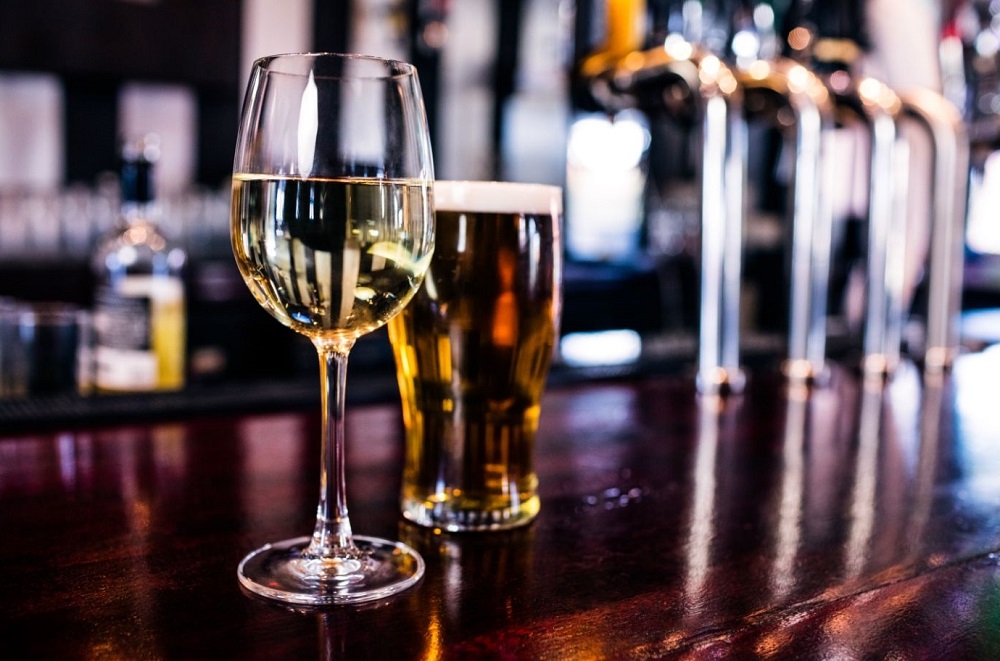
Another interesting factor about alcohol is its effect on our bodies’ metabolism processes. When we consume alcoholic beverages, our bodies prioritize breaking down and metabolizing the alcohol before anything else – including fats and sugars from other food sources.
Overview of wine and beer production processes
Wine and beer production processes may seem similar since they both involve fermenting ingredients. There are distinct differences that contribute to their unique characteristics. Let’s start with wine production. The process begins by harvesting grapes and crushing them to release the juice, which is then fermented in tanks or barrels. During fermentation, yeast consumes the sugars in the grape juice and converts them into alcohol. This process can take several weeks to months, depending on the desired style of wine.
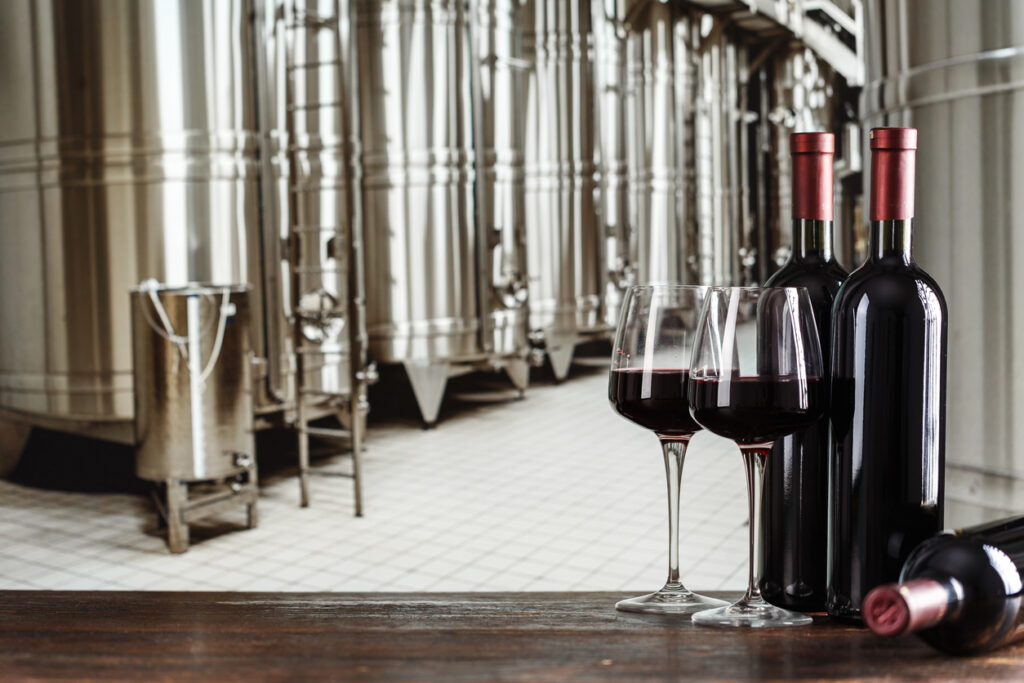
In contrast, beer production relies on grains such as barley, wheat, or rye. These grains are malted by soaking them in water until they sprout and then kiln-drying them to stop germination. The malted grains are crushed into a fine powder called grist. It is mixed with hot water to extract sugars and other flavors through a process known as mashing. After mashing, the liquid (wort) is separated from the solid grain material. Subsequently it is boiled with hops for flavoring before being cooled and fermented with yeast.
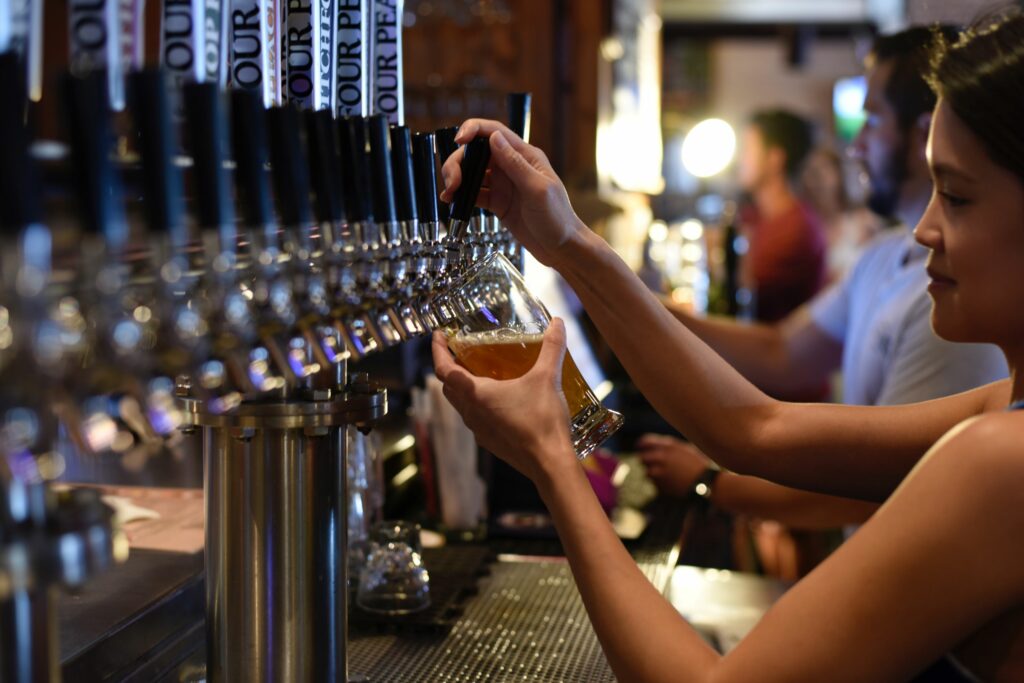
It’s fascinating how these two beverages have evolved over centuries. Wine focuses on capturing the essence of specific grape varietals from particular regions while taking advantage of natural fermentation processes driven by wild yeasts present on grape skins. Conversely, beer offers endless possibilities for experimentation. This is possible through different combinations of malted grains, hops varieties that add bitterness or aromatic profiles. Specific strains of yeast shape flavors during fermentation.
Comparing the calorie content of wine and beer
When it comes to calorie content, wine and beer often find themselves pitted against each other. While both beverages can be enjoyed responsibly in moderation, it’s important to understand the differences in their calorie counts. Although wine generally contains fewer calories per serving than beer, there are several factors that influence this disparity.
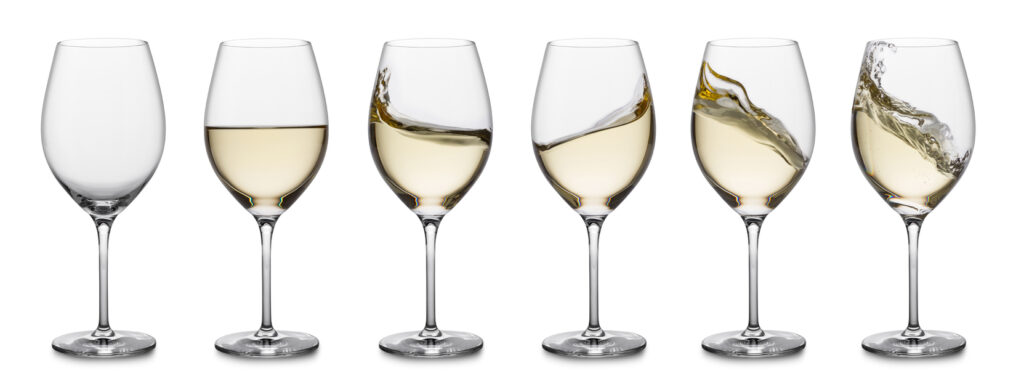
One of the main reasons for the difference in calorie content is alcohol by volume (ABV). Wine typically has a higher ABV than beer, which means it contains more alcohol. Alcohol itself carries a significant number of calories per gram (7 calories per gram). Therefore wines with higher ABV tend to have more calories overall. Moreover, the method of fermentation also plays a role. Wine is made from fermented fruit juice while beer is made from fermented cereals such as barley and wheat.
Another factor to consider is residual sugars. Some wines may contain residual sugars left over from the fermentation process, which can contribute additional calories. In contrast, beers undergo complete fermentation, resulting in lower sugar levels and subsequently lower calorie counts.
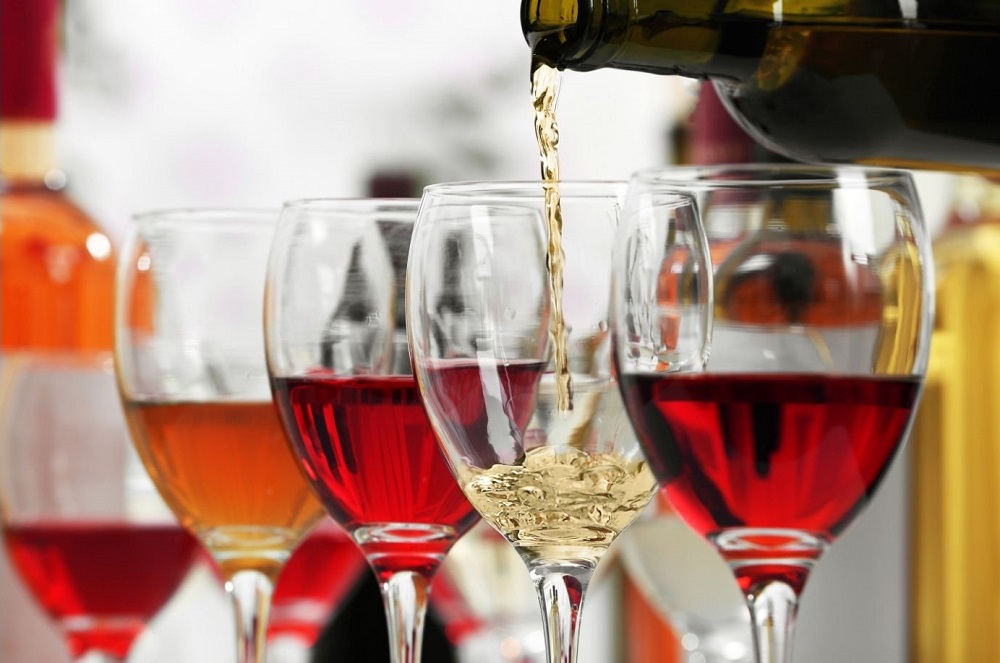
Wine tends to have fewer calories than beer on average due to its higher ABV and potential for residual sugars. It’s essential not to generalize across all varieties within each category. Ultimately, enjoying either beverage responsibly and being mindful of portion sizes will help maintain a balanced lifestyle without compromising taste or pleasure.
What has more calories white wine or beer?
When it comes to counting calories, making informed choices about what we drink can be just as important as the food choices we make. One common question that often arises is whether white wine or beer has more calories. Let’s delve into this calorie dilemma and explore the surprising truth behind these two popular alcoholic beverages.

While both white wine and beer contain calories, it is essential to note that their calorie content varies significantly. Generally, a standard serving of white wine contains around 120-130 calories. On the other hand, an average bottle of beer packs approximately 150-200 calories. However, it is crucial to remember that these figures are not set in stone and can fluctuate based on brand and alcohol content.
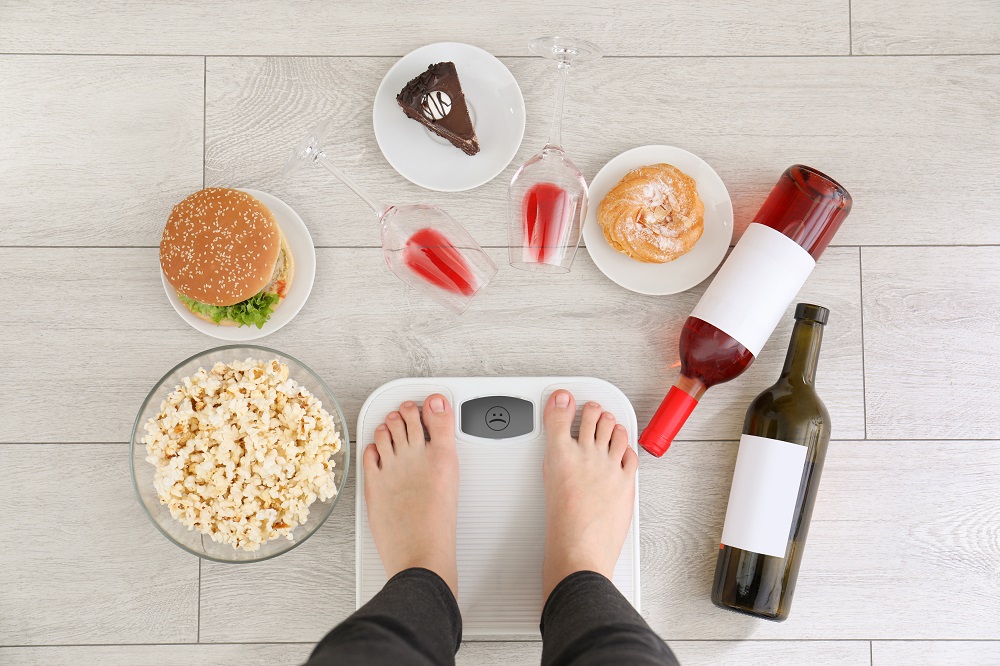
Another interesting aspect to consider when comparing white wine and beer is how they affect our metabolism. Research suggests that our bodies process alcohol differently than other substances in terms of calorie consumption. As a result, alcoholic beverages like beer tend to be stored as fat more easily than other options. This is mainly due to their higher carbohydrate content.

Ultimately, whether you choose to indulge in a glass of crisp Sauvignon Blanc or sip on an ice-cold lager, moderation remains key in managing your calorie intake effectively. Making mindful choices based on your personal preferences and health goals will ensure you can enjoy your favorite adult beverage while maintaining a balanced lifestyle. Cheers!
What has more calories red wine or beer?
While both red wine and beer are popular choices for socializing or winding down after a long day, there is often speculation about which one has more calories. The answer might surprise you. Red wine actually tends to have fewer calories than most beers, especially those with higher alcohol content. A standard glass (5 ounces) of red wine usually contains around 125-150 calories. A regular bottle of beer can contain anywhere from 150 to 300 calories.
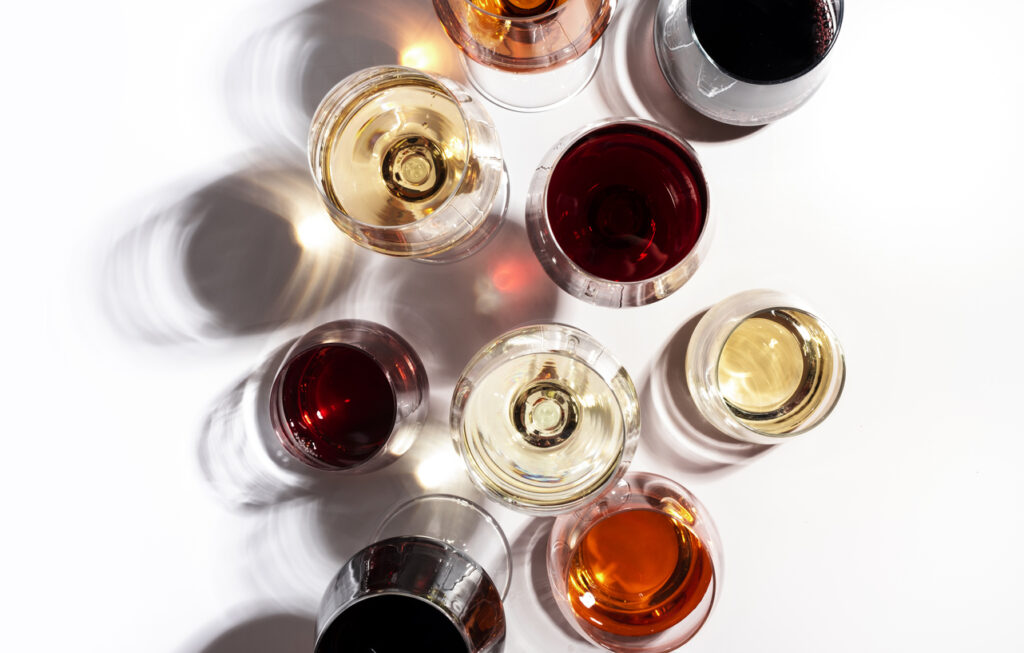
One reason for this calorie difference lies in the ingredients used to make each beverage. Beer is typically made from grains like barley or wheat, which contribute to its higher calorie content. In contrast, red wine is made from grapes, which have naturally occurring sugars that get converted into alcohol during fermentation. This process results in a lower calorie count for red wine compared to beer.
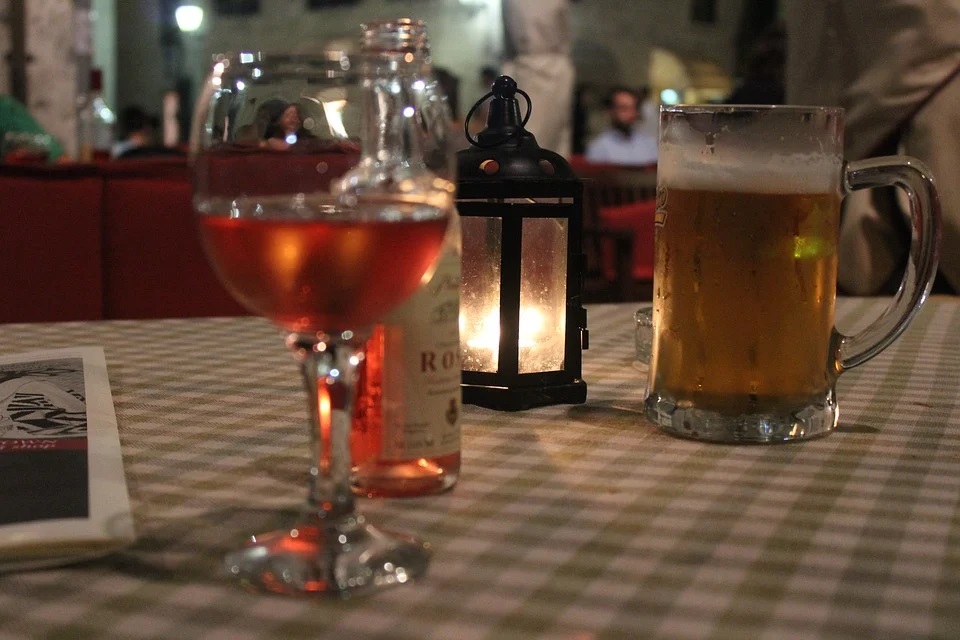
It’s important to note that consumption patterns can also influence the overall calorie intake between these two alcoholic beverages. Because beers often come in larger serving sizes or are consumed more rapidly due to their carbonation and refreshing taste, it’s easier to consume more calories without realizing it. On the other hand, sipping on a glass of red wine might lead to slower consumption and potentially fewer overall calorie intake.
Conclusion: Making informed choices for calorie-conscious drinking
In conclusion, making informed choices for calorie-conscious drinking is essential for maintaining a healthy lifestyle. By understanding the calorie content of different alcoholic beverages and opting for lower-calorie options, individuals can still enjoy a drink without compromising their weight management goals. Additionally, practicing moderation and mindfulness while consuming alcohol can further contribute to overall health and well-being.
It is important to remember that calories from alcohol can add up quickly and impact weight gain if not monitored closely. Therefore, it is crucial to stay educated about the nutritional information of beverages. This way you can make conscious decisions when it comes to alcohol consumption. So, next time you reach for a drink, consider the calorie content and choose wisely to support your health goals.

